Tag: Personalized Learning
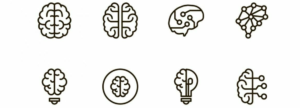
Indigo Believes That, To Personalize Learning, You Need To Start With a Learner’s Personality
From eLearning Inside
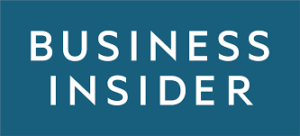
Indigo Education Company Brings Personalized Learning to U.S. Classrooms
From Business Insider

Indigo Education Company Brings Personalized Learning to U.S. Classrooms
From Yahoo! Finance

Indigo Education Company Brings Personalized Learning to US Classrooms
PRESS RELEASE
A Colorado EdTech company offers a range of personalized learning initiatives that focus on individual strengths to improve achievement and help students chart fulfilling futures.
BOULDER, CO. – Indigo Education Company promotes and implements personalized learning through non-academic, in-depth assessments and diverse school-based initiatives that put individual students at the center of education.
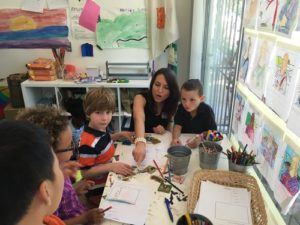
Indigo CEO Sheri Smith to Deliver Keynote Address at Annual Personalized Learning Conference
PRESS RELEASE
“Innovation can come from the talents already hidden within the school by identifying staff and students who possess entrepreneurial qualities to drive change and create community in the process.”
BOULDER, COLO – Sheri Smith, CEO of the Indigo Education Company, will deliver a keynote address on Nov. 14 at the “9th Annual National Convening on Personalized Learning: Think Like a Start-up,” in Milwaukee, Wisconsin. The conference is sponsored by the Institute for Personalized Learning.
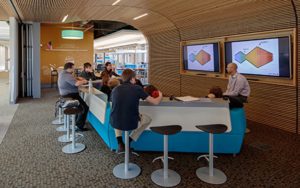
Student Voice: Ahrash
Student Voice: Ahrash April 25th, 2016, written by Nathan Robertson I met Ahrash in a Kansas City suburb. I was working with 100 or so

Student Voice: Abram
Student Voice: Abram April 12th 2016, Written by Nathan Robertson and Abram When talking to skeptics of personalized learning, a common argument I hear is,
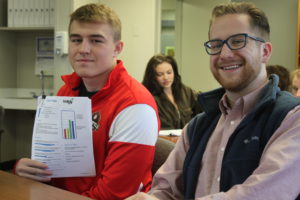
Personalizing School Culture Causes Radical Transformation
Personalizing School Culture Causes Radical Transformation March 14th 2016, Written by Nathan Robertson Your School is Struggling? Tacking on a New Computer Lab is not
Categories
- Activities (22)
- DISC (13)
- Featured (6)
- Higher Education (4)
- Indigo Assessment Info (8)
- Indigo Data (7)
- Indigo News (27)
- Indigo Schools (10)
- Indigo Stories (7)
- Motivators (11)
- Partners (1)
- Podcasts (7)
- Press Releases (7)
- Resources (6)
- Skills (24)
- Speaking Engagements (5)
- Thoughts on Education (21)
- Webinars (2)
Tags
aesthetic AI asking awards college fits Communication compliance continuous learning creativity DISC dominance Education empathy Empowering Educators FBLA future of education goals Indigo Indigo Assessment Indigo Data Indigo Education Company individualistic influencing leadership LearnLaunch Listening mentoring Motivators Partners Peak to Peak High School Personalized Learning persuasion planning Podcasts Professional Development self-awareness social soft skills Speaking Engagement steadiness team Teamwork theoretical TTI utilitarian


